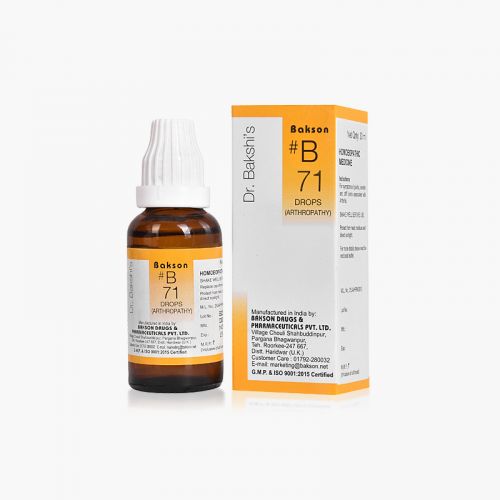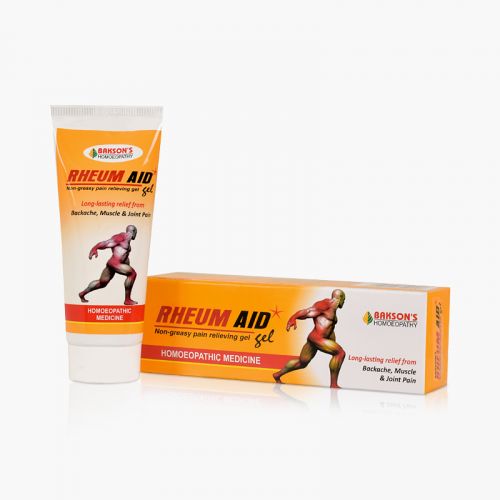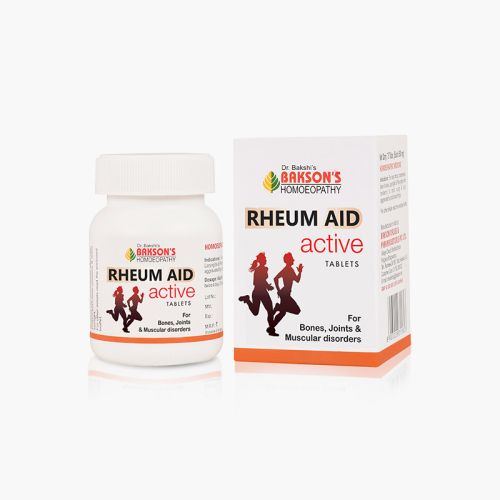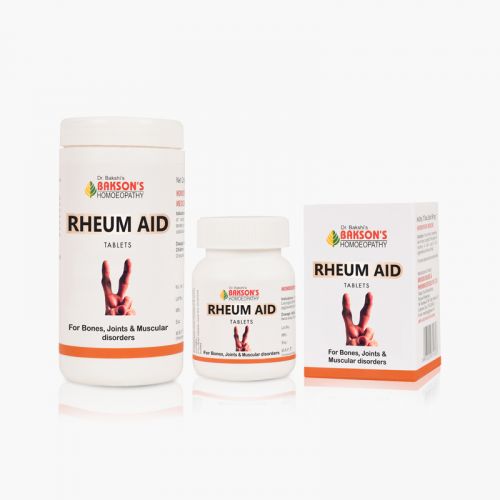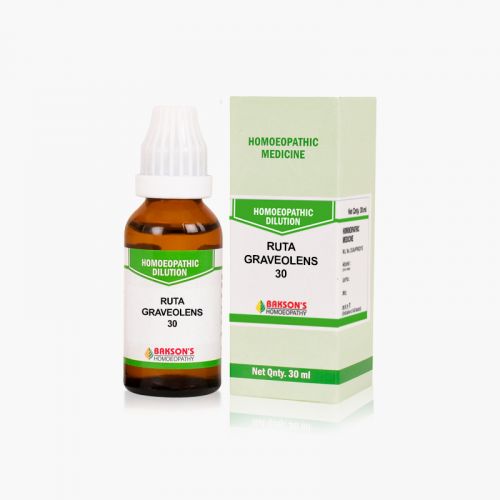We use cookies to make your experience better. To comply with the new e-Privacy directive, we need to ask for your consent to set the cookies. Learn more.
What is Bursitis?
Bursitis is a swelling or inflammation of a bursa, which is a synovium-lined, sac-like structure found all over the body near bony prominences and between bones, muscles, tendons, and ligaments.
Bursae facilitates movement in the musculoskeletal system, by creating a cushion between tissues that move against one another. Due to its inflammation, the bursa enlarges with fluid, and any movement against or direct pressure upon the bursa will cause pain.
There are many causes of bursitis, including overuse injury, infectious disease, trauma, and inflammatory disorders.
Causes
There are many possible causes of bursitis :
- Prolonged pressure: It is the most common cause, where the bursa is stressed between a hard surface and bony prominence.
- Repetitive motions can also irritate the bursa and result in bursitis.
- Trauma can also cause bursitis, when direct pressure is applied to the bursa. Traumatic bursitis puts the patient at risk for septic bursitis, which is most often caused by direct penetration of the bursa through the skin.
- Septic bursitis can also be provoked through the hematogenous spread. Staphylococcus aureus causes the majority of septic bursitis.
- Autoimmune conditions and systemic inflammatory conditions
- Arthropathies: including rheumatoid arthritis, osteoarthritis, systemic lupus erythematosus, scleroderma, spondyloarthropathy, and gout.
- Idiopathic bursitis
Signs and Symptoms
Acute bursitis presents with pain on palpation of the bursa. The range of motion of the involved joint may be decreased and active motion involving the affected bursa causes pain. Some acute bursitis will produce pain with flexion of the affected joint, but there will be no pain on extension.
Chronic bursitis is often painless. The bursa itself has had time to expand to accommodate the increased fluid, causing significant swelling and thickening of the bursa.
Diagnosis
The diagnosis of certain types of bursitis can be made clinically. Plain film imaging of the affected joint or bursa is considered in cases where there is a history of trauma. MRI, ultrasound, Color Doppler, and aspiration of the inflamed bursa can also be helpful in diagnosis.
Management
Most bursitis heal on their own. Conservative treatment involves the use of rest, ice, compression, and elevation for symptomatic improvement.
Patients should be educated on proper ergonomics for avoiding exacerbating movements, protecting it with padding and regular stretching as well as core strengthening exercises both play a role in improving and alleviating symptoms.
Warning: Above information provided is an overview of the disease, we strongly recommend a doctor's consultation to prevent further advancement of disease and/or development of complications.
Disclaimer: The information provided herein on request, is not to be taken as a replacement for medical advice or diagnosis or treatment of any medical condition. DO NOT SELF MEDICATE. PLEASE CONSULT YOUR PHYSICIAN FOR PROPER DIAGNOSIS AND PRESCRIPTION.
- ACIDUM BENZOICUM 30₹ 100.00
- BAKSON #B 71 DROPSSpecial Price ₹ 160.00 Regular Price ₹ 200.00
- BAKSON RHEUM AID GELSpecial Price ₹ 84.00 Regular Price ₹ 105.00
- RHEUM AID ACTIVE TABLETS - 75 TABSSpecial Price ₹ 172.00 Regular Price ₹ 215.00
-
-
- RUTA GRAVEOLENS 30₹ 100.00





